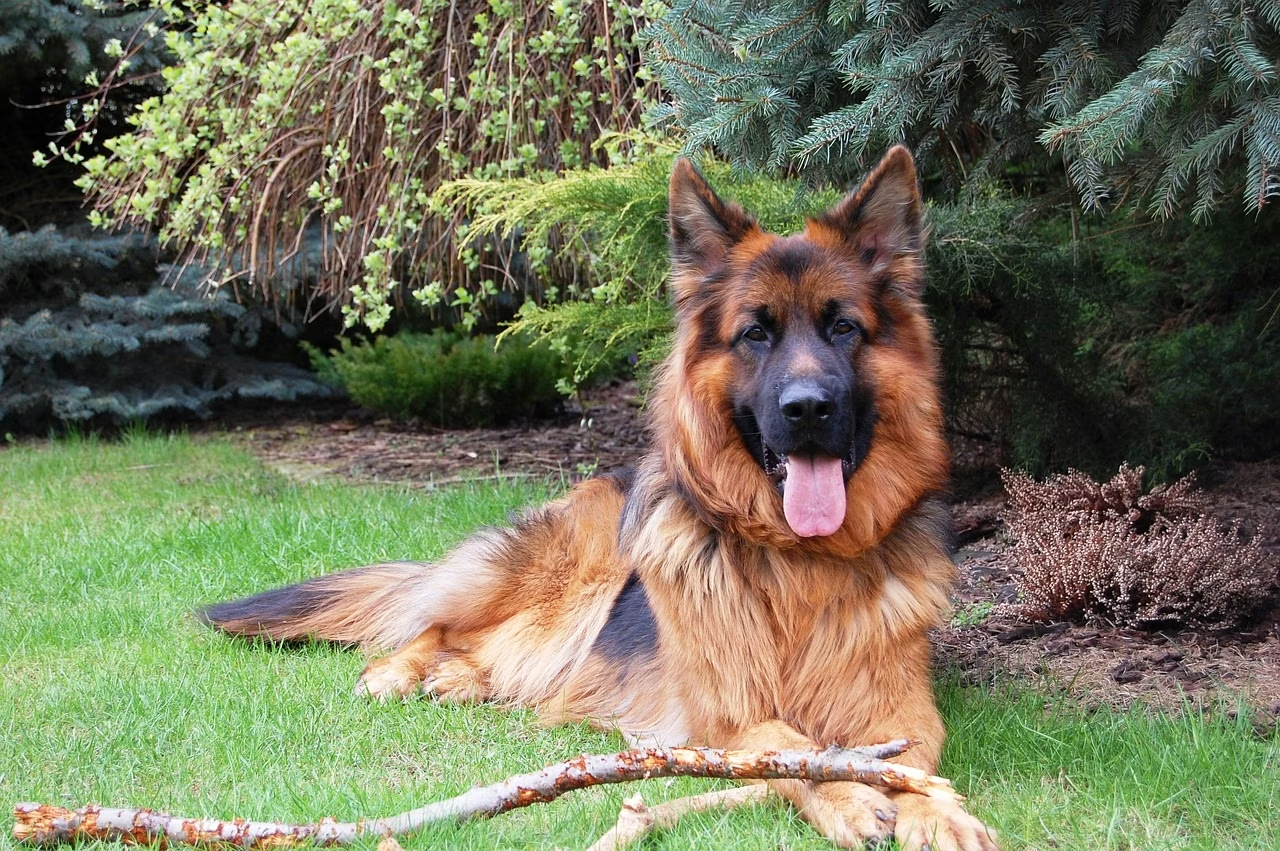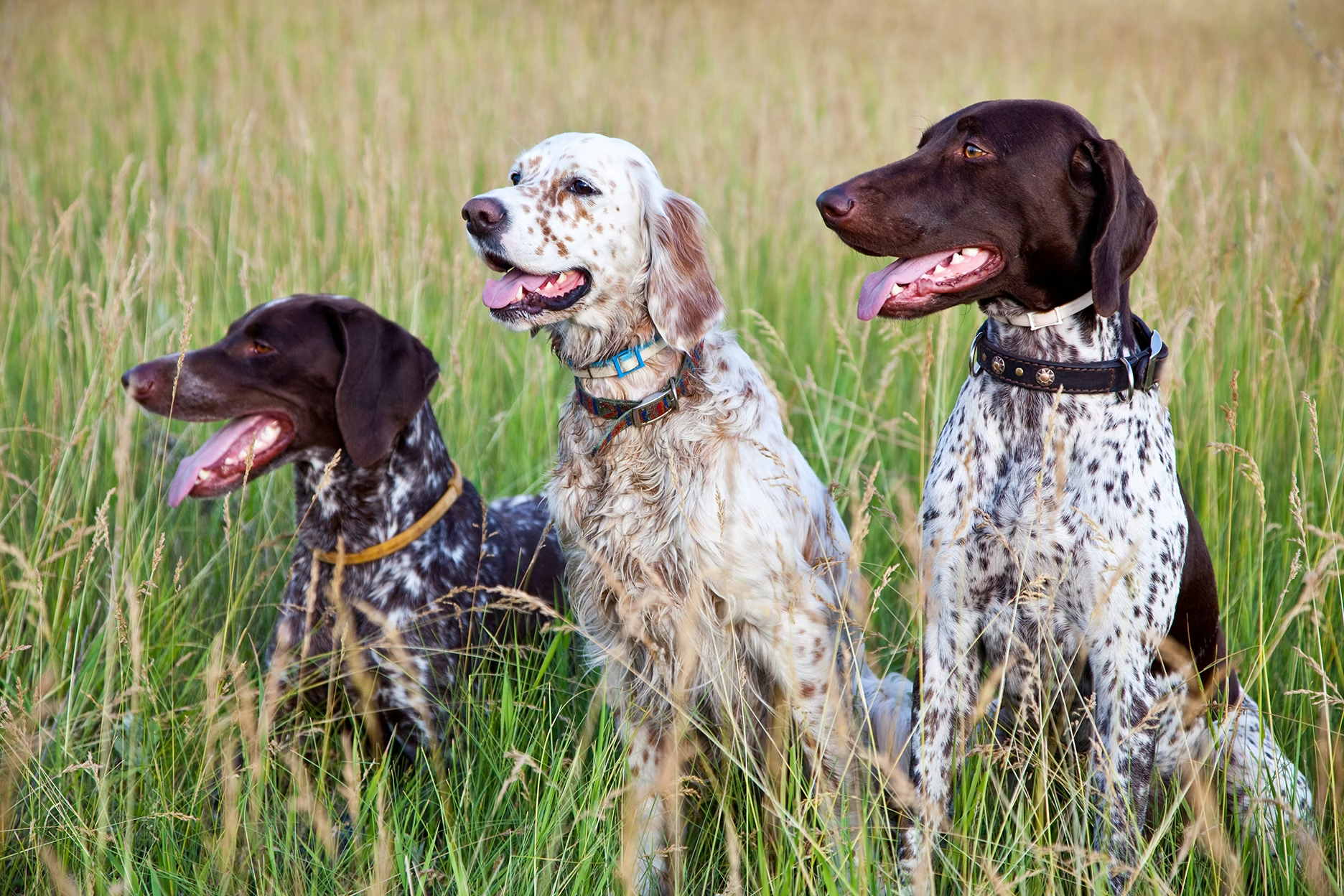Hip dysplasia is a well-known—but often misunderstood—condition that can affect dogs and significantly impact their quality of life. Genetic and environmental factors play a role in this orthopedic condition, so it’s important to understand how it develops and what you and your veterinarian can do if your pup has, or is prone to, this painful diagnosis.
What is hip dysplasia?
Hip dysplasia is a degenerative condition that affects the hip joint. It occurs when the hip joint’s ball and socket do not fit together properly. Research indicates that the hip joint is formed normally at birth, but different growth rates between the hip ball and socket create looseness. Over time, that laxity, along with environmental factors, cause more joint deformity. This results in abnormal wear on the joint, which causes the development of arthritis.
Is hip dysplasia genetic in dogs?
Hip dysplasia is inherited, meaning the genetic mutation that causes it is passed down from a puppy’s parents. But other factors play a role in the development of the condition. These include nutrition, body weight, growth rate, hormones, and exercise. Hip dysplasia most commonly affects large and giant breed dogs. So, some pet parents are surprised when their smaller pup develops the condition.
What age do dogs show signs of hip dysplasia?
Some dogs start to show signs of hip dysplasia at just a few months of age, while others develop it much later in life. Luckily, with treatment, many dogs with hip dysplasia can live long, comfortable lives.

What are the signs of hip dysplasia in dogs?
Because hip dysplasia is a progressive condition, early signs may not be as obvious to a pet parent. As the condition worsens, you may start to see signs of pain or weakness in the back legs. These include:
- Limping or stiffness
- Wobbly back legs when standing up
- Reduced activity
- Hesitancy to jump or climb stairs
Your veterinarian can also use x-rays to look for signs of abnormality in the hip.
How to help dogs with hip dysplasia
If diagnosed early, surgical options, including hip replacements, may be an option. Dogs diagnosed later in life are often treated with:
- Pain medications
- Anti-inflammatories
- Joint supplements
- Weight management to prevent obesity
- Alternative treatments, including acupuncture or CBD oils

What dog breeds are most at risk for hip dysplasia?
Any dog can be affected by hip dysplasia but breeds commonly diagnosed with the condition include:
Preventing hip dysplasia
Unfortunately, it’s not possible to prevent all instances of hip dysplasia in dogs, nor can hip dysplasia in dogs correct itself. However, there are several ways you can reduce your pup’s risk. These include:
- Feeding an appropriate diet. Proper nutrition is important for all dogs, especially developing puppies. In particular, large and giant breed puppies may benefit from puppy foods made specifically for large breeds, as these are formulated to prevent young dogs from growing too quickly.
- Sticking to a healthy exercise schedule for your puppy. Young dogs need to avoid overexertion when their skeletal systems are still developing.
- Having x-rays done on at-risk breeds. Early diagnosis of hip dysplasia allows for more treatment options.
- Keeping your dog at a healthy weight. Extra pounds can contribute to the development of this painful condition.
Partner with your veterinarian
Developing a good relationship with your veterinarian is one of the best things you can do for your dog’s overall health. They can help you make the best diet, exercise, and healthcare decisions based on your dog’s age, health, risk level, and environment.















